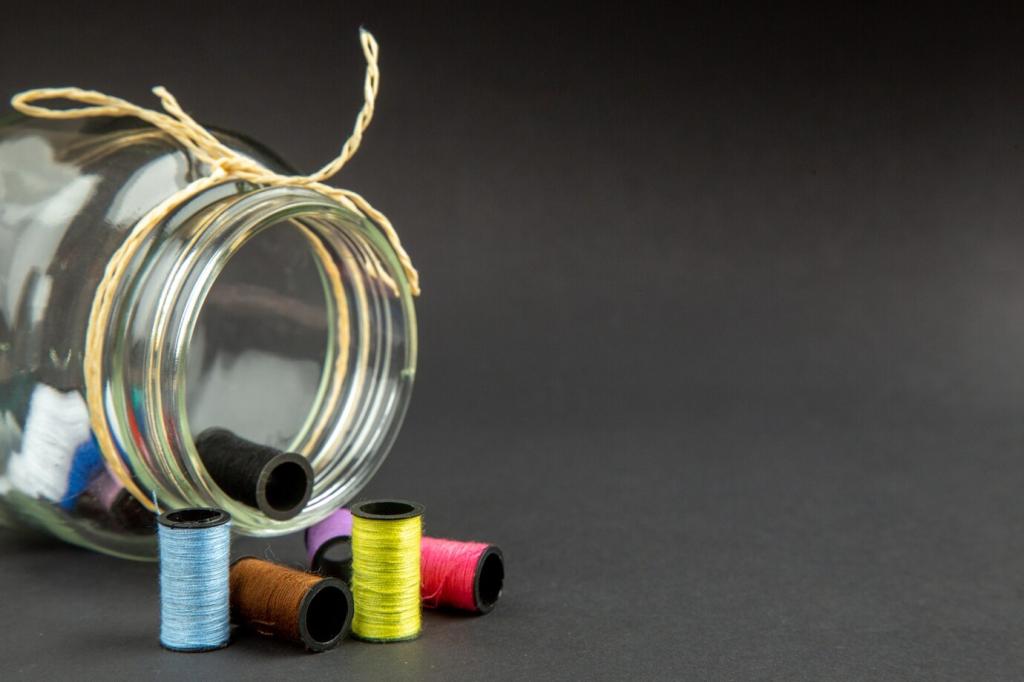Eco-Friendly Furniture Restoration Techniques
Sustainable Material Selection
Repurposing reclaimed wood is a sustainable and visually striking way to restore furniture. Sourced from old barns, factories, or even unwanted furniture pieces, reclaimed wood carries history and character while lessening reliance on new timber. Each board may showcase unique scratches, knots, and finishes that add charm and authenticity. By choosing reclaimed wood, restorers actively reduce the demand for new lumber, preventing further deforestation and honoring the original material. This approach ultimately extends the lifecycle of wood while offering a timeless look full of warmth and rich texture.


Previous slide
Next slide
Non-Toxic Adhesives and Fillers
Water-Based Wood Glues
Water-based wood glues are an excellent alternative to petroleum or solvent-based adhesives frequently used in furniture restoration. These glues rely on natural latex or polyvinyl acetate emulsions, emitting little to no VOCs during curing. They bond securely, are easy to clean up, and dry to a strong, flexible finish suitable for most woodworking applications. Selecting water-based options allows restorers to create sturdy repairs while maintaining safer workshop conditions and limiting the introduction of harmful chemicals to homes and the environment.
Natural Fillers
Natural fillers made from plant fibers, wood flour, or mineral-based compounds can seamlessly repair cracks, holes, or dents without synthetic additives. These fillers are free from formaldehyde, phthalates, or other hazardous contaminants found in conventional putties. They integrate easily with most wooden surfaces and are compatible with natural or plant-based finishes. In addition to their low impact on indoor air quality, natural fillers biodegrade more readily at end of life, making them a clear choice for anyone devoted to green restoration practices.
Low-VOC Repair Products
Certain structural repairs require fillers or adhesives with enhanced flexibility or strength. Opting for low-VOC compounds ensures that restoration work doesn’t diminish indoor air quality or contribute to atmospheric pollution. These formulations are specifically engineered to emit fewer airborne toxins while still providing robust performance. By incorporating low-VOC repair products into even the most demanding projects, restorers demonstrate a holistic commitment to environmental responsibility and occupant health.
